While you may not be able to afford a priceless work of art for your walls, that doesn't mean that you can't decorate your home with beautiful paintings and inspiring prints. From works by independent artists to reproductions of well-known pieces, there are a number of smart ways to turn your home into your own personal gallery. Here are just a few great websites that sell affordable artwork online.
Society6
With art for everyone from the minimalist to the bohemian, Society6 is one of the most modern and varied art websites. Not only can you purchase framed and unframed prints in all sizes, you can also buy the same designs in the form of smartphone cases, T-shirts, and even tapestries.
AllPosters.com
If you still love the look of hanging a poster of your favorite movie or band on your walls, try All Posters. This expansive online store offers high-resolution posters of almost any pop culture icon, as well as reproductions of classic works of art.
Etsy
Etsy is well-known for its handmade jewelry and quirky vintage apparel, but you'll also find handmade art from little-known artists. Browse abstract paintings, original photography and colorful prints for very affordable prices.
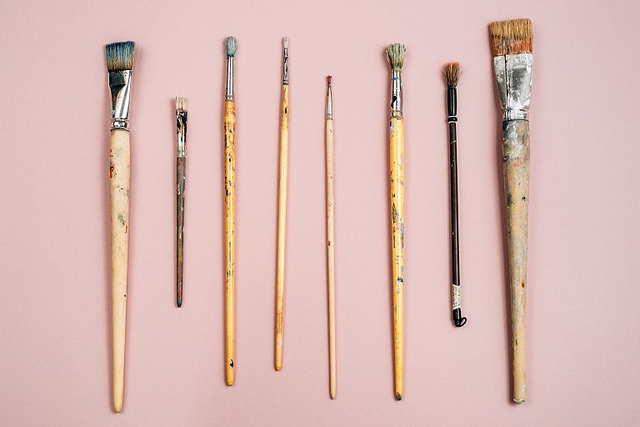
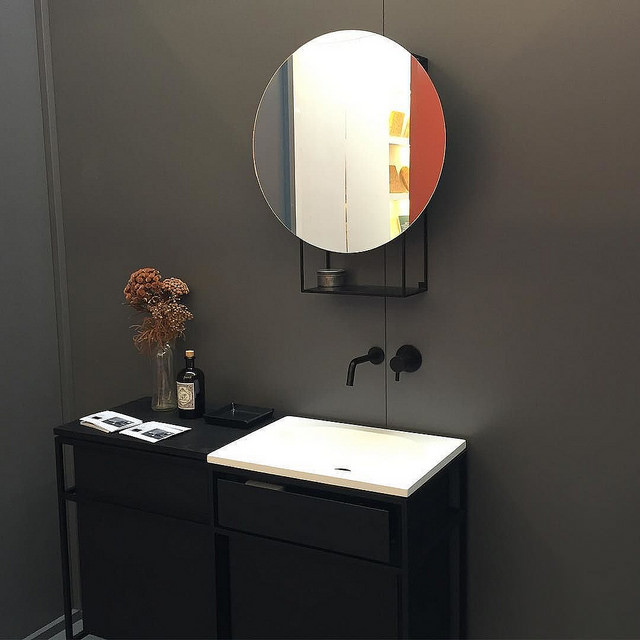
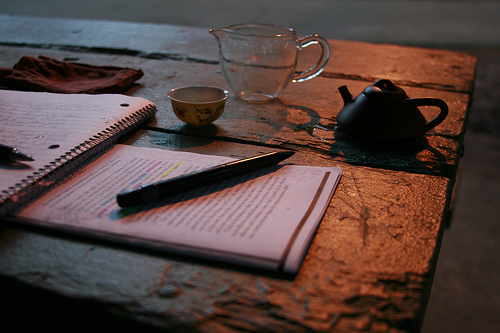

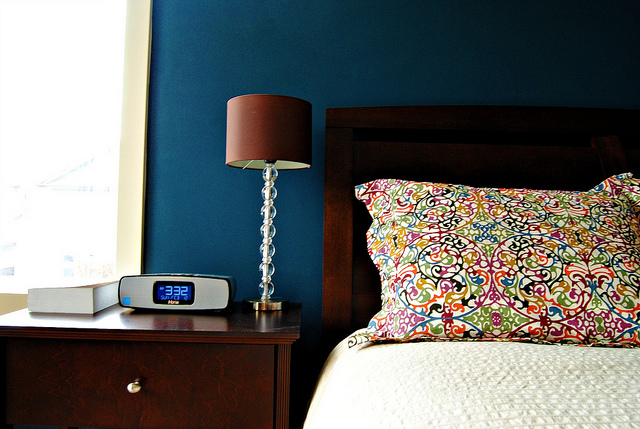
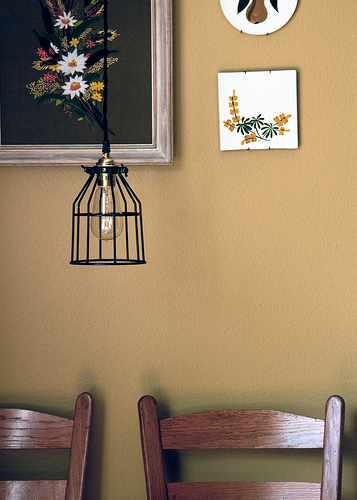
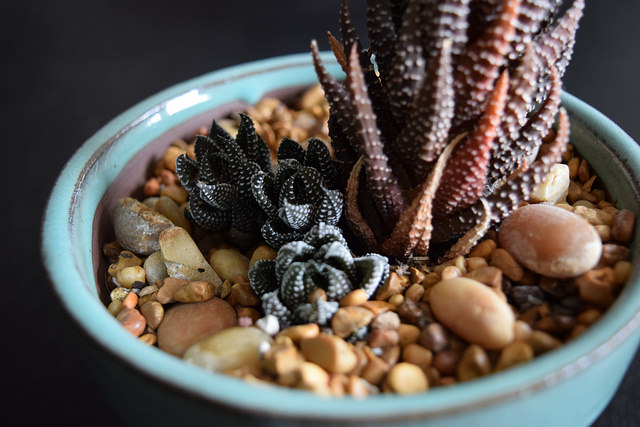
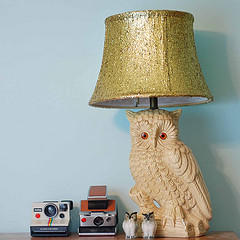
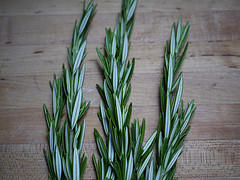
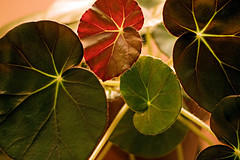
 Equal Housing Opportunity
Equal Housing Opportunity